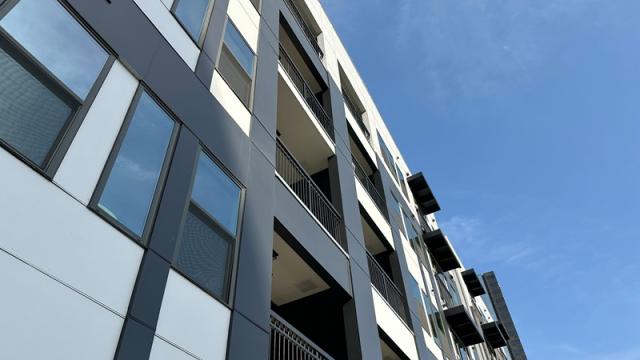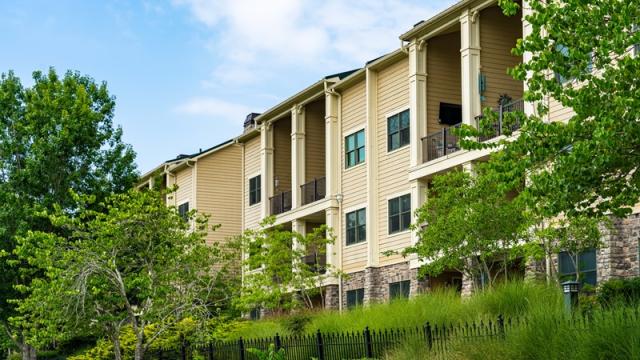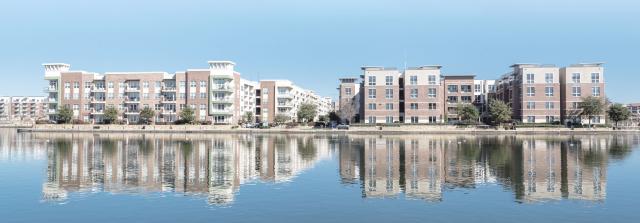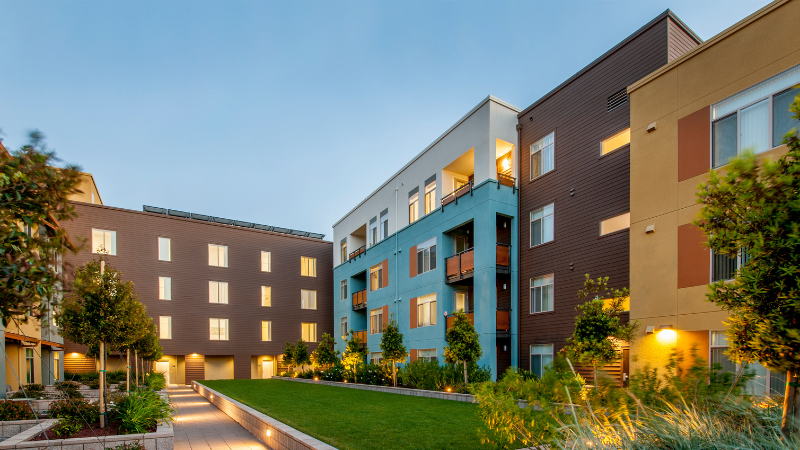
Even as supply hits a 40-year high, multifamily demand has been on the rise, according to the latest CoStar data. One of the positive takeaways from the third quarter, this shrinking gap between supply and demand comes after nearly two years of decelerating rent growth and high vacancy. The third quarter saw national rent growth averaging 1.1 percent. Despite this weak performance at the national level, the early signs of a multifamily rebound can be seen among mid-priced properties and markets in the Midwest and Northeast.
Driven by luxury apartments, new deliveries set 40-year record
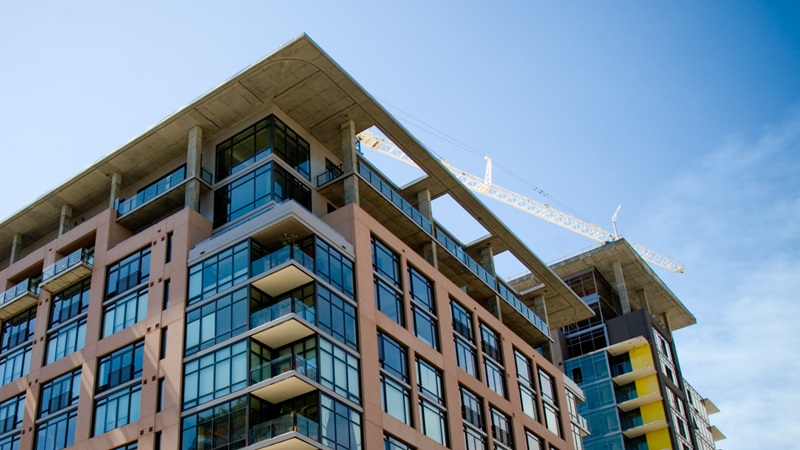
With a total of 636,000 new units projected to deliver this year, 2024 is on track to break last year’s record for the most deliveries in four decades. The new supply is concentrated in the luxury class, with four- and five-star properties making up three-quarters of new deliveries.
The flood of new units onto the market has masked a recent growth in absorption. Even as the luxury class led absorption in the third quarter, with 147,000 units absorbed, rent growth for these properties remained minimal, rising from 0.2 percent in the second quarter to 0.3 percent in the third quarter. Four- and five-star properties posted an average vacancy rate of 11.1 percent, notably higher than the national average of 7.8 percent.
In contrast, mid-priced properties outperformed the national average, posting annual rent growth of 1.5 percent. These properties, which are known as three-star buildings in the CoStar rating system, saw an average vacancy rate of 7.1 percent.
Nationwide, the vacancy rate has stabilized at 7.8 percent, a slight drop from the revised Q2 average of 7.9 percent. The steadiness in the vacancy rate provides another sign of market stabilization.
Midwest and Northeast maintain the highest rent growth nationwide
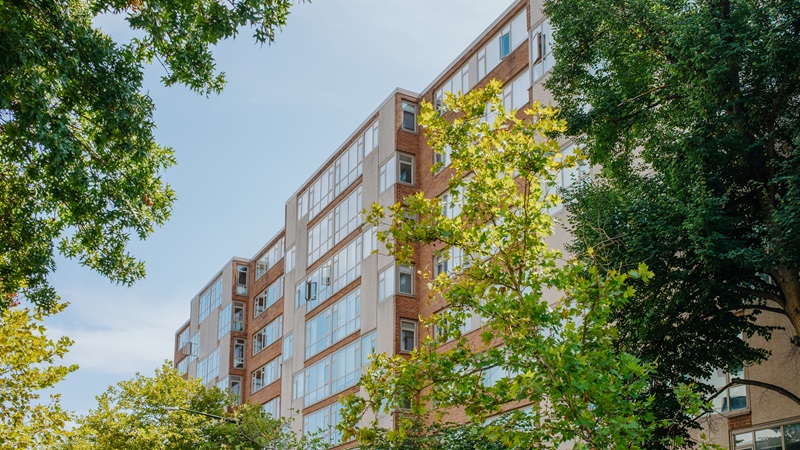
The Midwest has continued to lead the nation for year-over-year rent growth, maintaining its 2.6 percent growth rate. In close pursuit for the top spot, the Northeast posted rent growth of 2.5 percent. Both regions far outpaced the national average of 1.1 percent.

At the metro level, Washington, D.C. saw the highest year-over-year rent growth. This Northeast market posted a 3.5 percent increase. Tied for second place, Richmond and Detroit each saw 3.4 percent rent growth. These two markets, representing the Northeast and Midwest, respectively, have maintained solid demand amid limited supply additions.
Rent growth stays negative in the Sun Belt

Markets in the Sun Belt continue to struggle, bearing the brunt of high supply. The region has also seen historically weak demand compared to its past performance.
Austin remains at the bottom of the list for rent growth, with rents declining by 4.7 percent year over year. This significant drop is nearly two percentage points greater than Raleigh, which took the second spot among bottom-performing markets. Raleigh posted a decline of 2.9 percent. In third place from the bottom, Jacksonville saw rents decline by 2.5 percent.
The Sun Belt overall has continued to see negative rent growth. The region posted a cumulative rent growth rate of -1.0 percent for the quarter, and nine of the 10 bottom-performing markets are in the Sun Belt. Only Utah’s Salt Lake City market, which came in eighth from the bottom, bucked the regional trend.
Despite its location in the West, Salt Lake City has faced challenges similar to those seen in the Sun Belt, including historically high supply, especially among the luxury category. The West has seen a scattered performance throughout the region, ranging from San Jose’s 3.0 percent rent growth near the top of the charts to Salt Lake City lagging behind at -1.4 percent. The region overall posted 0.8 percent rent growth, below the national average.
Explore the latest market data
CoStar’s Jay Lybik breaks down the latest data from the third quarter. Watch the video now:
For more insights at your fingertips, consider a CoStar subscription.
CoStar is the industry-leading source for information, analytics, and news about all areas of commercial real estate. Whether you’re an owner, investor, or apartment operator, you’ll find in-depth analysis from Jay Lybik and other experts to help you stay on top of the latest trends in the market. Learn more about CoStar.

